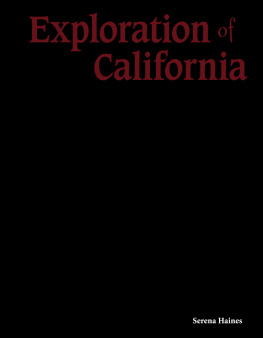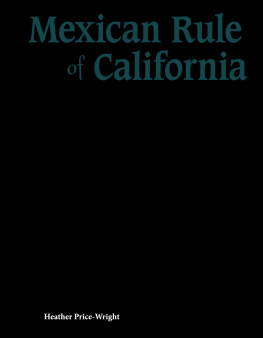Two Extremes Mount Whitney's peak is about 15, 000 feet (4, 572 meters) above sea level. It is found in the Sierra Nevada range. This is the highest point in the lower United States. Badwater Basin, in Death Valley, is 282 feet (86 meters) below sea level. It is the lowest point in the country. These two places are only about 135 miles (217 kilometers) apart!1010page0010page0010.xhtmlCalifornia Regions coastal Central Valley mountain desert1111page0011page0011.xhtmlThe Coastal Region California's four regions are unique. The coastal region is special because the coast is so long. In fact, the region is split into three parts : the north, central, and south coasts. North Coast The north coast begins with the beaches of Del Norte County at the Oregon border. It goes south to the Golden Gate Bridge. San Jose, San Francisco, and Oakland are the area's biggest cities. This area is home to the giant redwoods. These are the world's tallest trees. The economy of the region was shaped by its geography and climate. Fishing and logging thrive off the coast. The climate is perfect for growing grapes. Tourism is big business in this region. People visit from all over the world to see the natural beauty of the north coast.
Silicon Valley San Jose is the biggest city in Silicon Vall ey. It is the technology center of the United St ates. There are many companies based there, such as Apple , Google , and Tesla. Silicon V alley gets its nickname from the silicon found there. That is an element used in making computer chips.1212page0012page0012.xhtml Coastal Earthquakes The majority of the state's population lives along the coast. Below California's surface are two huge pieces of land called plates. Where the plates meet is a fault. They meet near the coast. Sometimes, when the plates rub against one another, there are earthquakes. Golden Gate Bridge1313page0013page0013.xhtmlCentral Coast The central coast runs from Monterey Bay to Ventura. This area has some of the most interesting geography in the state. There are miles of rocky shoreline and beaches. People come here to swim and surf. This region also has small redwood forests. There are even desert-like landscapes with huge sand dunes. Outdoor sports are very popular in this region. South Coast The south coast extends from Los Angeles to San Diego. These two cities are the largest on the West Coast. The south coast is best known for its sandy beaches and nice climate. Its beaches have over a million visitors each year. But it also has a large and diverse population. It is home to about 24 million people. The south coast is diverse in other ways, too. A range of plants and animals can be found there. Many of the plants and animals are found only in this region. In fact, it has the most endangered plants and animals in the state. gray whale tail
A Whale's Tale The state marine mammal is the gray whale. They migrate along the California coast in the fall. Each year, thousands of tourists go whale watching to see these amazing animals.1414page0014page0014.xhtml The Coast and Trade The coastal region has some of the world's busiest ports. Huge ships bring goods in and out of these ports. The two biggest ports in the United States are Los Angeles and Long Beach, which are both part of the south coast. Big Sur, on the central coast, is one of the most scenic areas in the state.1515page0015page0015.xhtmlThe Central Valley Region Geography often affects what work people do. On the coast, people make goods in factories. They also work in stores, offices, and ports. In the Central Valley, the main work is growing, picking, and moving crops. This is one of the biggest valleys in the world. It runs 450 miles (724 kilometers) through the middle of the state. Fresno, Bakersfield, and Stockton are major cities in this region. Another city in the region is Sacramento. That's the state capital! The Central Valley has fertile soil. It gets a lot of sunshine. This gives the region a long growing season. It is one of the best places in the world to grow crops. Farmers grow over 250 different kinds of fruits, vegetables, and nuts. But the valley provides more than just crops. Cattle are raised for meat and dairy products there. Each year, these products are worth almost $17 billion.

















